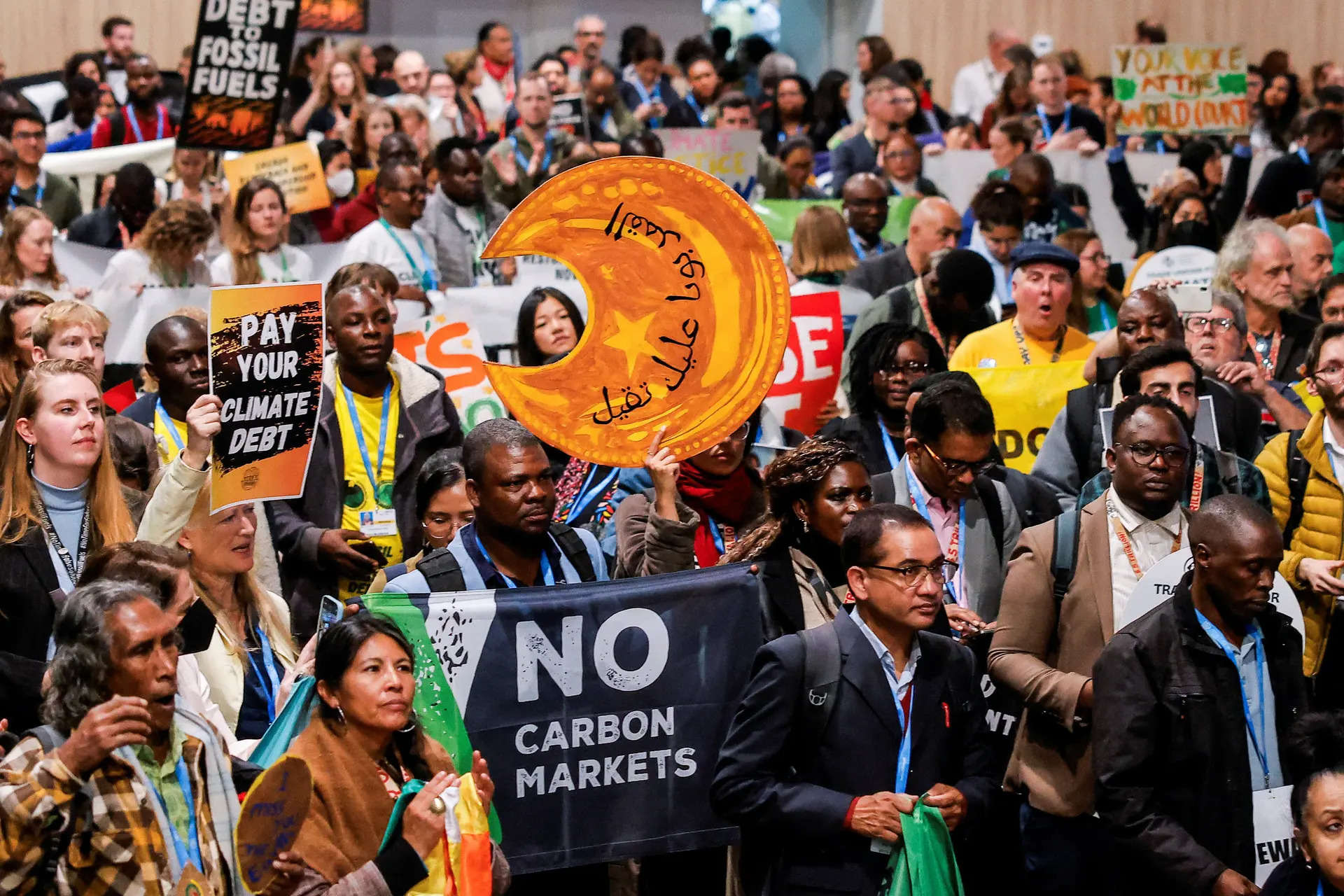
MORE than a dozen Chinese vessels tried to block a Philippine Coast Guard (PCG) ship escorting marine scientists on the way to Pag-asa Island in the West Philippine Sea.
Pag-asa is the second largest of the naturally occurring islands in Spratly Islands, located 500 kilometers west of Puerto Princesa City in Palawan. It is administered by the municipality of Kalayaan.
Retired United States Air Force Col. Ray Powell, director of SeaLight, a maritime transparency project that monitors and reports activities in the South China Sea, said the "crowding" of the BRP Sindangan by 15 Chinese ships was monitored by satellite on Thursday, March 21.
Powell identified one of the Chinese ships as China Coast Guard (CCG) 5204.
He said CCG 5204 was not broadcasting a detectable automatic information system (AIS) signal as required by International Maritime Organization (IMO) regulations.
Chinese militia ships also bore down on the PCG ship.
Powell said the crew of the ships were trained to take part in direct military and paramilitary action, such as the blockade of Ayungin (Second Thomas) Shoal or the enforcement of China's claimed jurisdiction over Bajo de Masinloc (Scarborough Shoal).
Powell said the remainder of the Chinese ships are likely Spratly Backbone Vessels (SBV), smaller boats that receive government subsidies to help assert Chinese sovereignty.
Powell said two of SBVs were rafted together.
The Sindangan anchored off Pag-asa Island after escorting two Bureau of Fisheries and Aquatic Resources (BFAR) vessels that are doing an environmental impact study in the area.
The study aims to determine the current state of the Pag-asa Cays following the discovery of dead corals in Sandy Cay Two last year.
The marine scientists will also determine if the dumping of dead and crushed corals at Sandy Cay Two was done on purpose.
Powell said the Philippine vessels arrived on March 19 along with BRP Cabra, which left the following day.
The arrival of another PCG ship off Escoda (Sabina) Shoal prompted China to reinforce its Panganiban (Mischief) Reef maritime militia fleet.
Powell said that under the United Nations Convention on the Law of the Sea (Unclos), Pag-asa Island is covered by the 12-nautical-mile territorial sea of the Philippines, which would make the presence of Chinese vessels in the area illegal.
The Chinese refer to Pag-asa as Thitu.
On Friday, the PCG confirmed that a Chinese vessel carried out "dangerous maneuvers" as it attempted to block Filipino scientists from reaching Pag-asa.
Confrontations between Chinese and Philippine vessels, including collisions, in the South China Sea have strained relations between Manila and Beijing, which have a long history of maritime territorial disputes.
PCG spokesman Commodore Jay Tarriela said the China Coast Guard vessel sounded a siren for more than 30 minutes to draw the attention of Chinese maritime militia boats in the area.
However, the China Coast Guard said on Thursday that 34 Filipinos had "illegally" landed on the reef, which it calls Tiexian Jiao and the Philippines calls Pagasa Cay 2.
Chinese "law enforcement officers" landed there, where they "investigated and handled (the situation)," China Coast Guard spokesman Gan Yu said in a statement.
"That's another lie coming from the Chinese coast guard," Tarriela said on Friday.
Tarriela said the scientific team spent four hours at two reefs and was able to complete its mission, despite the presence of Chinese vessels and a Chinese military helicopter circling overhead.
China claims almost the entire South China Sea, including the Spratly Islands, brushing off rival claims from countries, including the Philippines and a 2016 international ruling that its assertion has no legal basis.
An initial assessment of Sandy Cay and a second reef near Thitu showed that the fish and corals were in a "very poor" state, University of the Philippines marine biologist Jonathan Anticamara told the press conference.
Anticamara, who led the scientific mission, said his team observed "unnatural" and "wide" piles of rubble taller than a person at Sandy Cay.
"We don't know who put it there," Anticamara said.
Some of the countries with overlapping claims to the Spratlys, including China and Vietnam, have turned reefs into artificial islands where they have built ports, airstrips and military facilities.
China's land reclamation has outstripped that of other claimants, according to the US-based Asia Maritime Transparency Initiative (AMTI).
AMTI estimates China has carried out "unprecedented dredging and artificial island-building in the Spratlys" since 2013, creating about 1,300 hectares of new land.
In a related development, the Chinese Embassy in Manila on Friday said any attempt to implicate the Taiwan question in the maritime disputes between China and the Philippines is dangerous.
In an official statement, the embassy said the Taiwan question is not and should never become an issue between China and the Philippines.
It said the one-China principle is the political prerequisite and foundation for establishing diplomatic relations between China and foreign countries.
The embassy cited that on June 9, 1975, Chinese Premier Zhou Enlai and Philippine President Ferdinand Marcos Sr. signed in Beijing a joint communiqué on establishing diplomatic relations between China and the Philippines.
It said that in the communiqué, the Philippine government recognizes the government of the People's Republic of China "as the sole legal government of China, fully understands and respects the position of the Chinese Government that there is but one China and that Taiwan is an integral part of Chinese territory."
Manila also agreed "to remove all its official representations from Taiwan" within a month of the signing of the communiqué."
"Such an attitude of the Philippine society towards the Taiwan question has not been questioned or challenged. Yet we have noticed with deep concern some jarring noise by certain individuals in the Philippines acting in contravention of the one-China principle under the disguise of economic and trade cooperation and people-to-people exchange," the embassy said.
The Taiwan question is vastly different from the maritime row between China and the Philippines, because it "is purely an internal affair of China that does not brook any external interference."
It said the bottom line is "we will never allow Taiwan to be separated from the motherland."
The embassy also mentioned that President Ferdinand Marcos Jr., in his January reiteration of the Philippine position on the one-China policy, acknowledged that Taiwan is a province of China, and that resolving issues between Beijing and Taiwan is an internal matter.
As tension continued to build in the South China Sea, the Philippines stepped up efforts to strengthen alliances with countries belonging to the US-led Western bloc.
Last week, officials of the Australian and Philippine navies held talks in Canberra, Australia, on ramping up maritime cooperation.
A Philippine Navy delegation headed by Vice Commander Rear Adm. Caesar Bernard Valencia discussed with Royal Australian Navy Rear Adm. Jonathan Earley defense security issues related to the United Nations Convention on the Law of the Sea.
Following the formation of a strategic partnership between Canberra and Manila, there has been a significant increase in defense engagements between the two countries' navies, including high-level collaborations, operations and exercises, capability development, education and training opportunities, and human resource development.
Philippine Navy Public Affairs Chief Commander John Percie Alcos said the Canberra meeting also discussed the participation of Australia in the Balikatan exercises in April.
In August 2023, the first amphibious exercise involving Philippine and Australian troops was held in Darwin.
The Philippine Navy delegation also paid a courtesy call to the Philippine Ambassador to Australia Ma. Hellen dela Vega.
Read The Rest at :








